Well, Confederate is nearly ready for her next adventure – bring it on Solomon Islands! But before we leave this is a good opportunity to recap on the highs and the lows of our 3 months here in the Marshalls, most of the time spent in the outer atolls of Aur and Maloelap.
The Highs
* The outer islands of the Marshalls are spectacular, serene, perfect atolls just made for exploring
*Kiting – We’ve had so many good days on the water in Aur and Maloelap with abudant sea life passing under the board – sharks, stingrays, fish of all colours.
* The crusing community – there are a whole lot of boats up these ways and while most stay around Majuro they’re all super friendly and we’ve met some great people. Especially these guys on Cava!
* Marshalese people are super welcoming with a nice aura.
*Christmas day celebrations on Aur atoll were truely unforgettable.
* Fishing – the best we’ve had so far in any country, both inside and outside the lagoons. Rainbow runners were common within the lagoons as well as mackeral. Outside the lagoon we caught mahi-mahi, wahoo, and tuna.
The Lows
* Losing our dingy while on another boat for dinner (not stolen, it was our bad)
* Confederate being broken into while we were away (although on a more positive note arriving back and realising nothing had been taken except some alcohol!)
* Majuro isn’t our favourite hub and we have tried to steer clear of it, however it is a nice place if you want to be social and have the convenience of shops, supermarkets etc.
* The range of fresh vegies and fruit haven’t been quite the same as in the south pacific. Unfortunately the atolls are somewhat limited in terms of land area for agriculture and arable soils.
The lows are miniscule compared to the highs and we’d totally recommend the route that we’ve taken. Overall we’ve loved the experience and we’d definitely love to come back for another kite surfing season in the Marshalls, but for now, while the trade winds have disappeared in the north pacific we’re excited to head to the Solomons. We’re stoked with our decision to head north of the equator for the cyclone season experiencing Tuvalu, Kiribati and the Marshalls – countries we would have never dreamed of visiting prior to owning Confederate. Next update will be via satellite phone on our passage to the Solomons. We’re heading to Lata in the eastern Santa Cruz islands to track down Oceanswatch. So excited to be getting back out on the big blue!




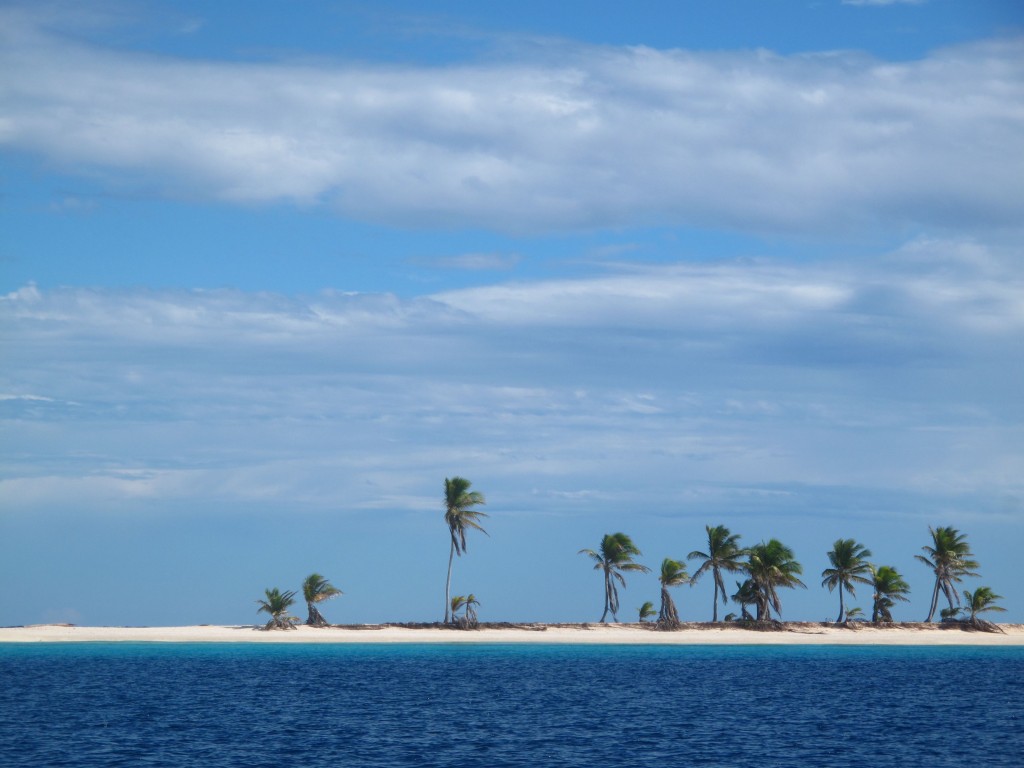
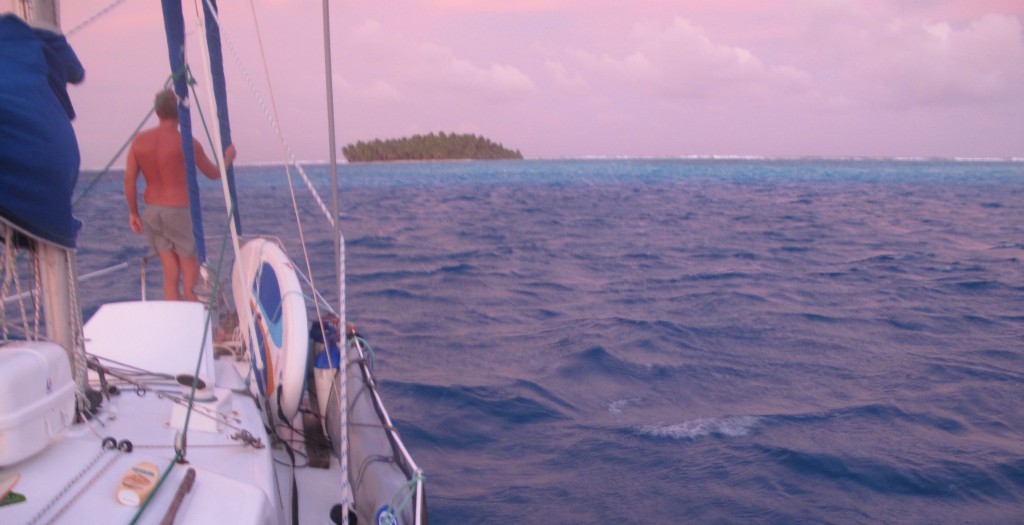
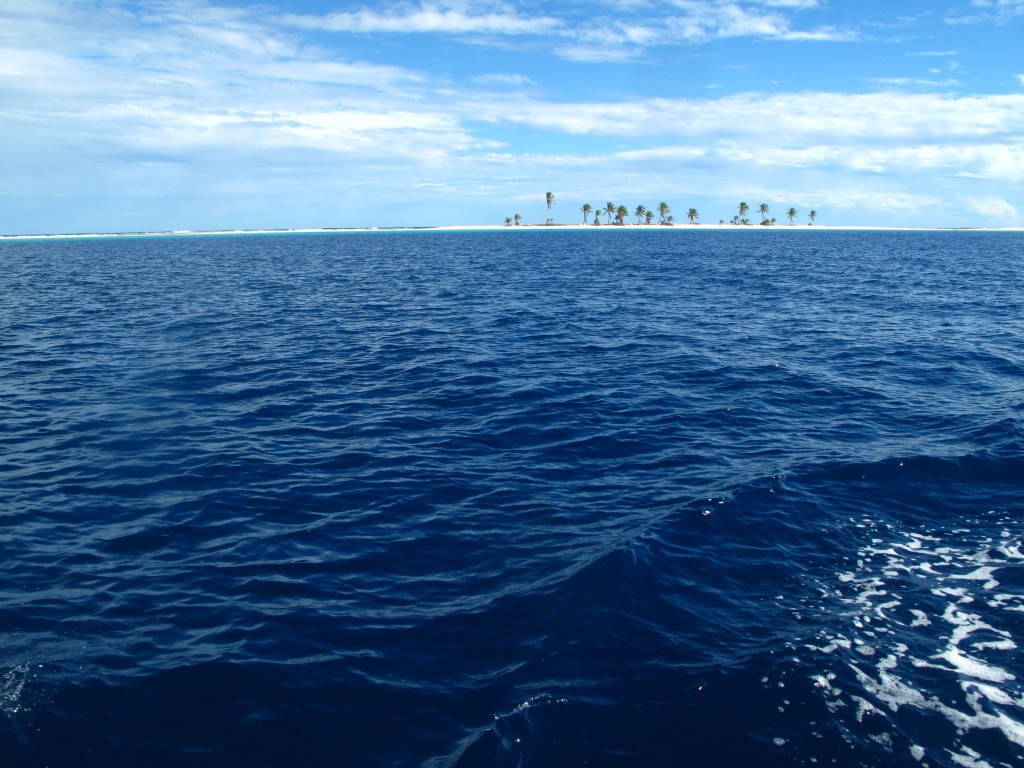
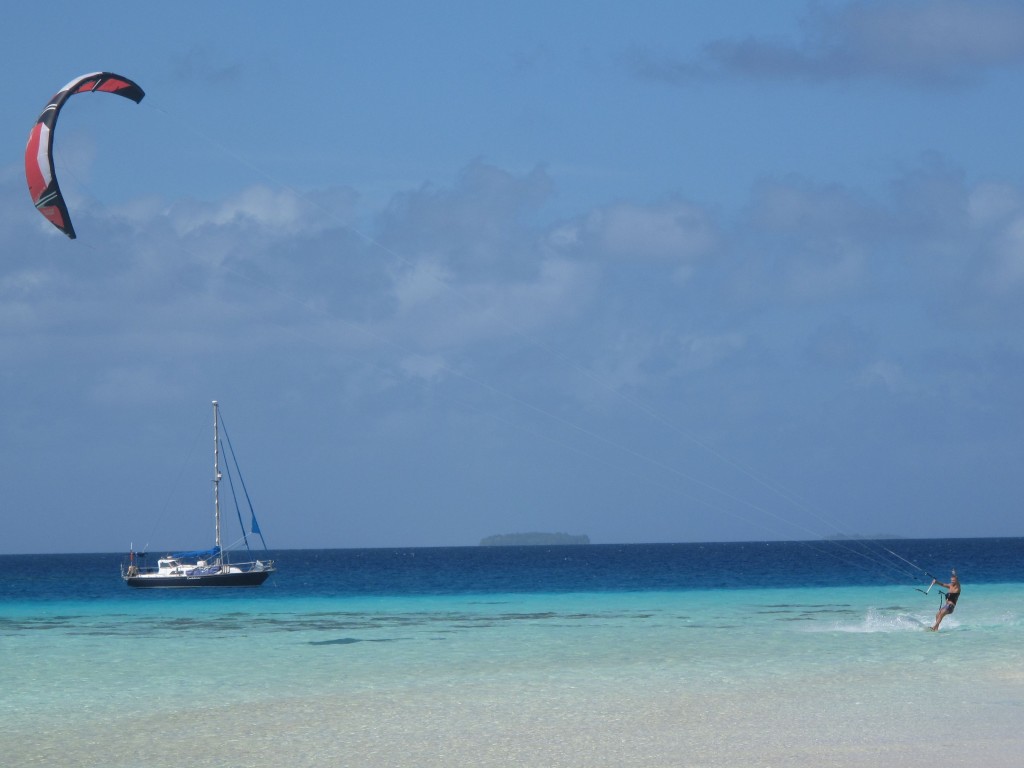
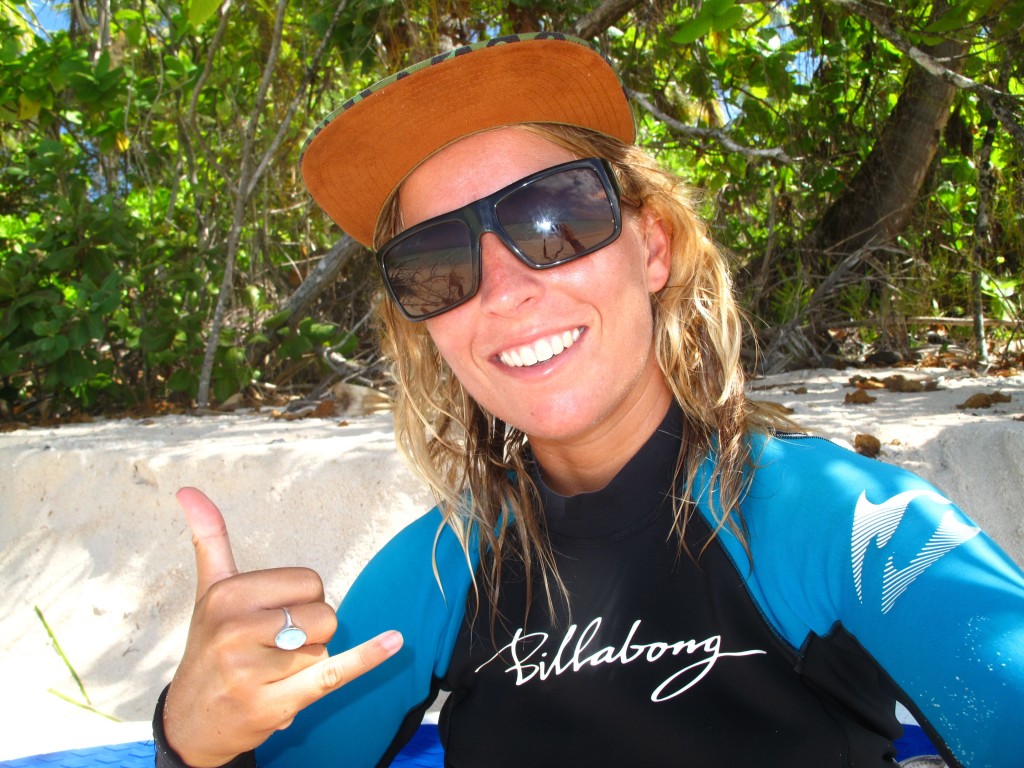
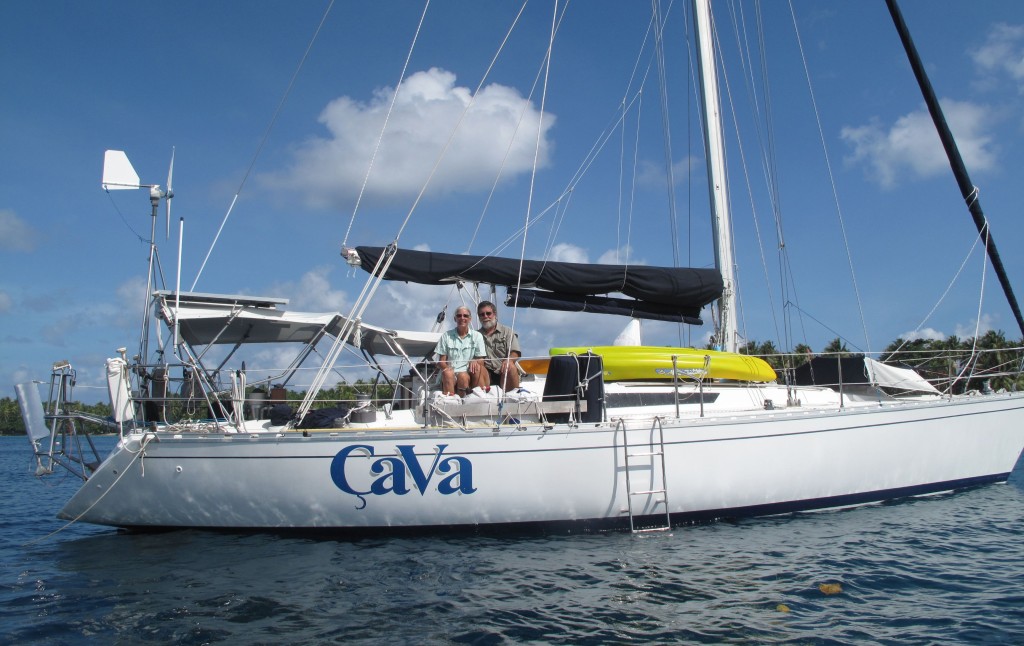
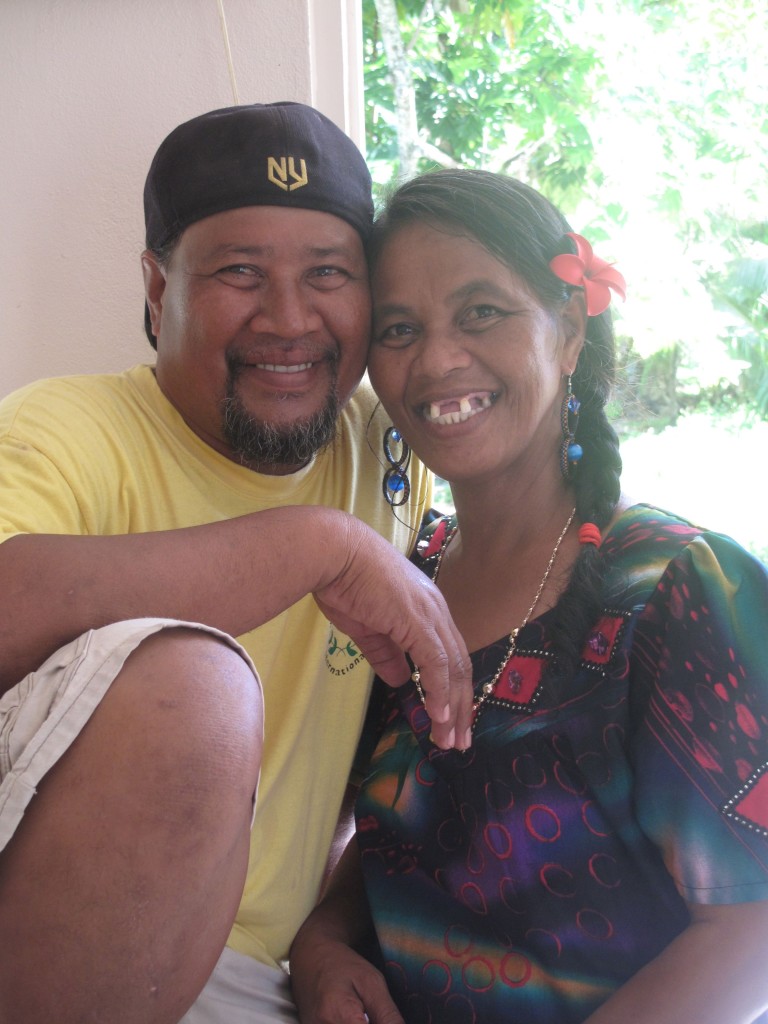
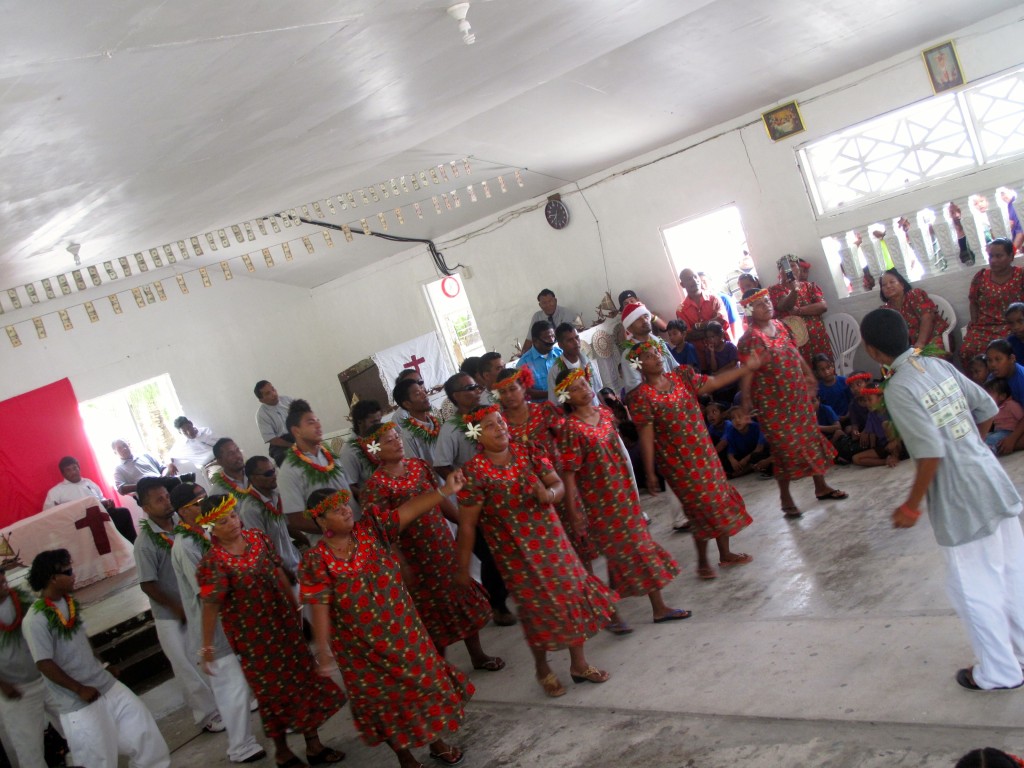
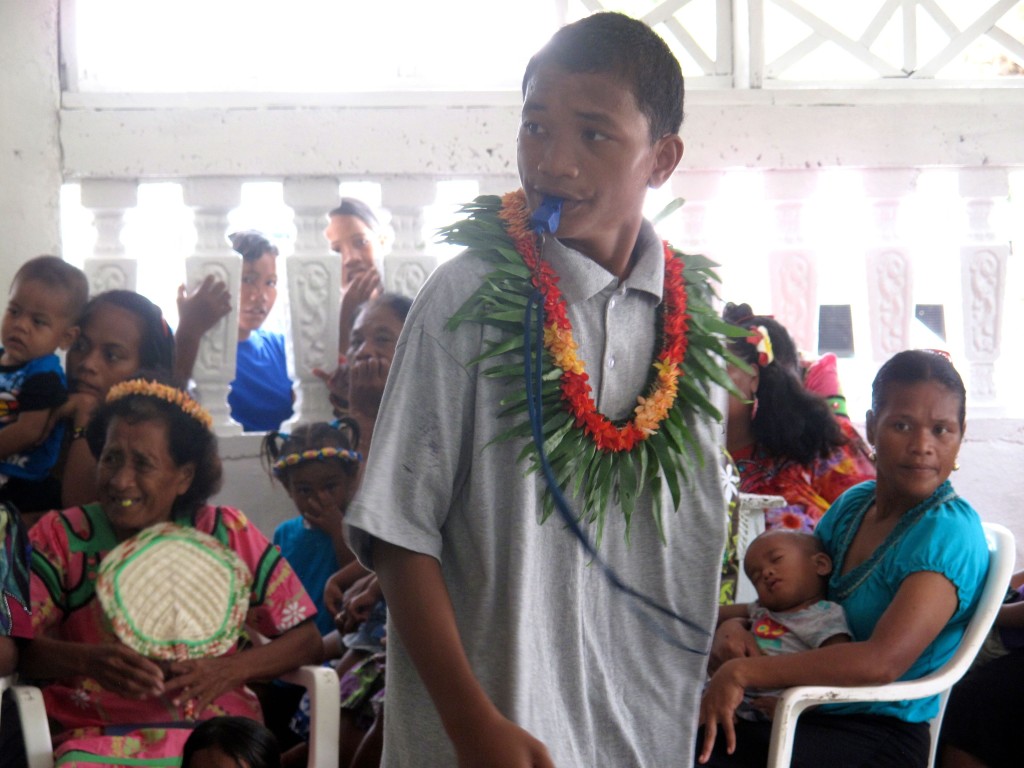
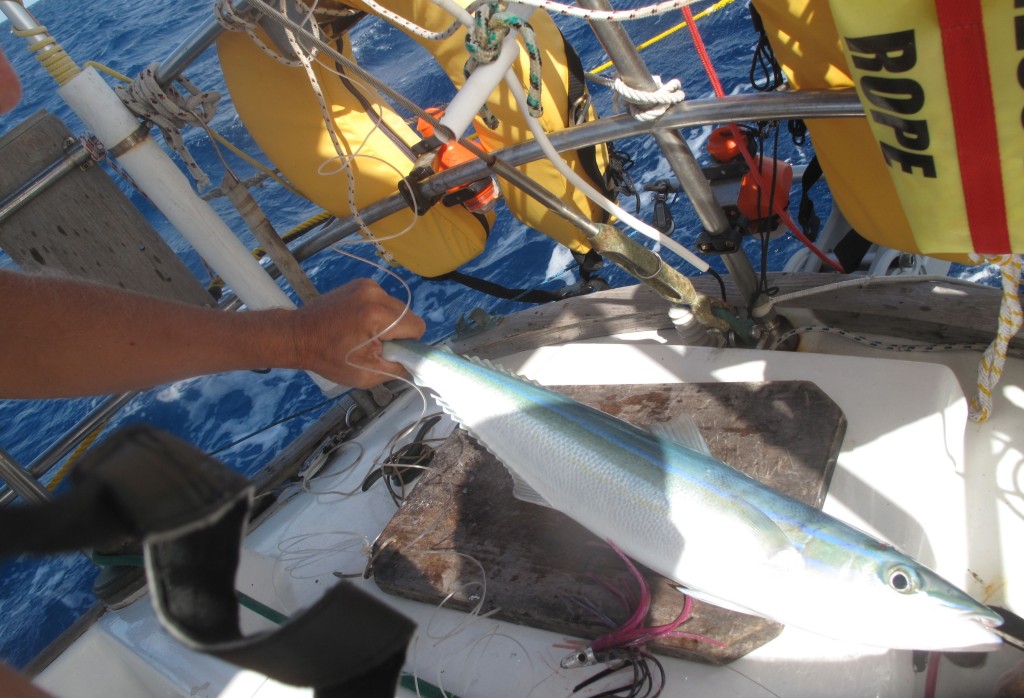

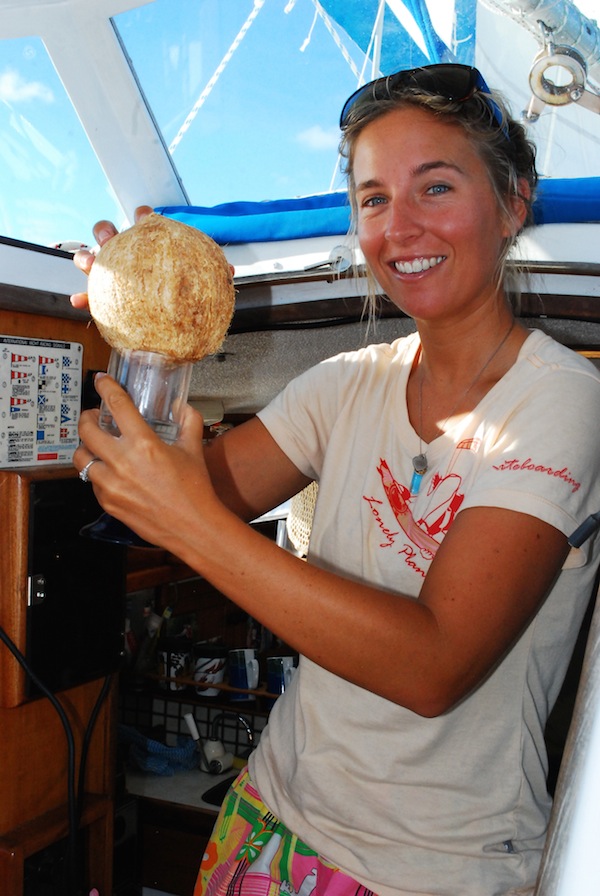



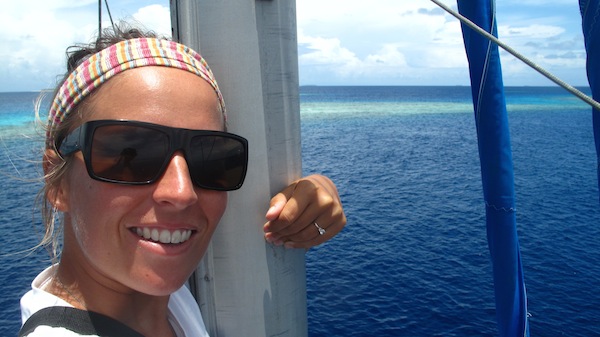
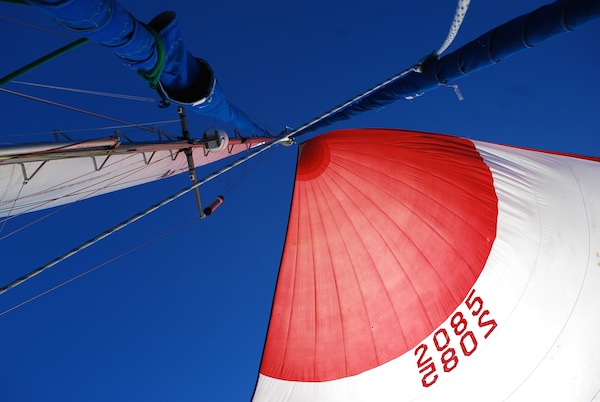

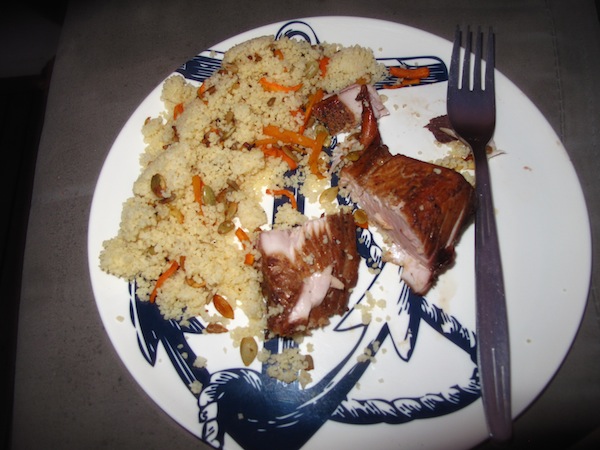
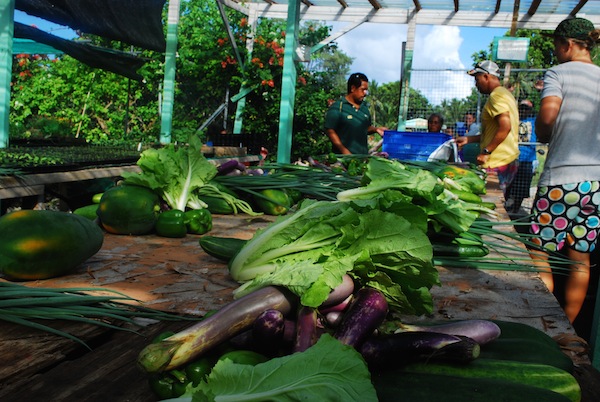
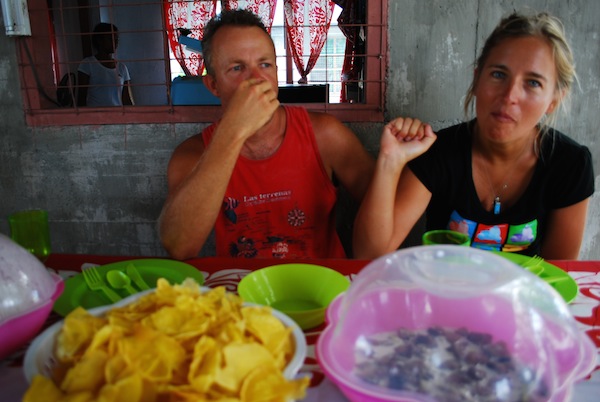
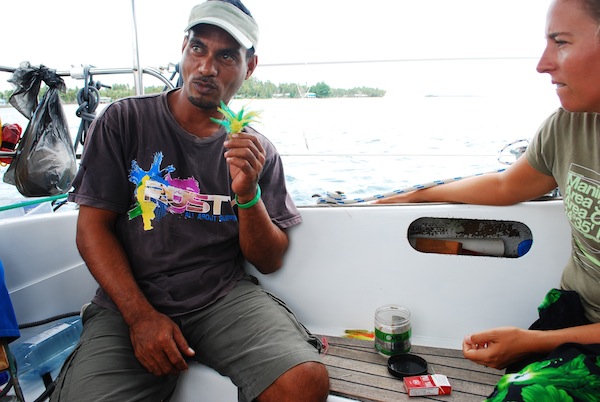
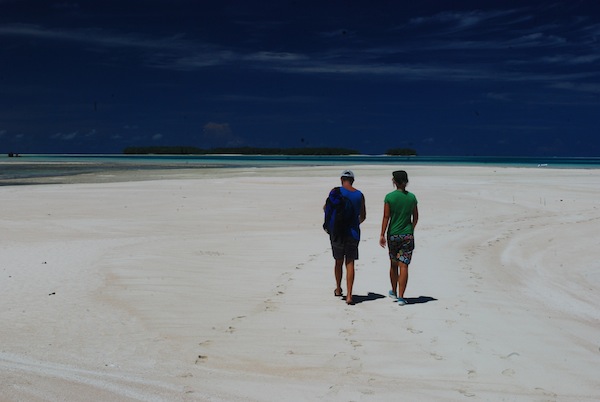

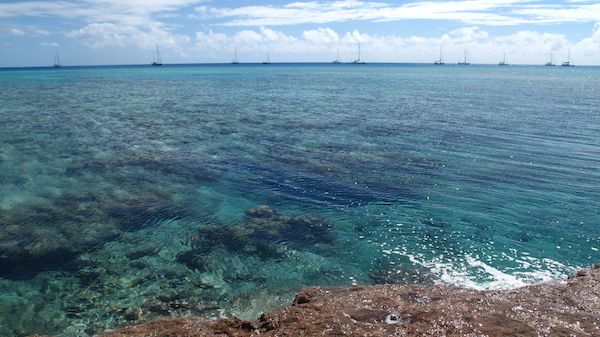

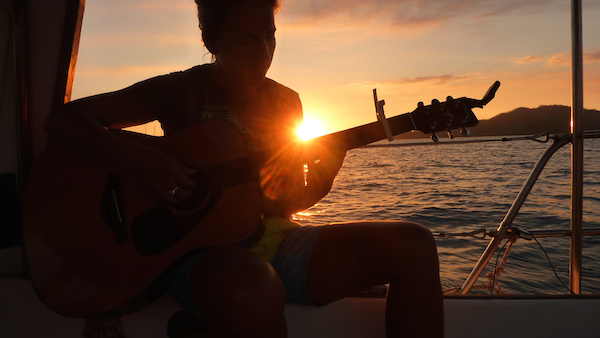





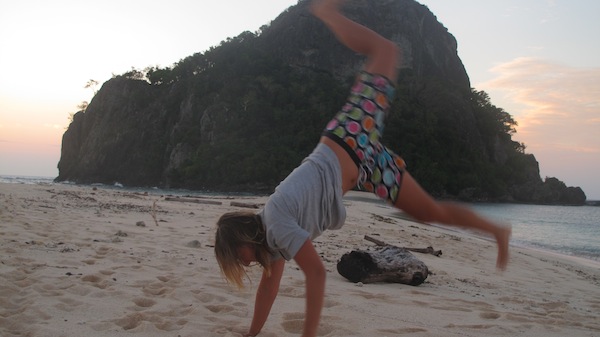


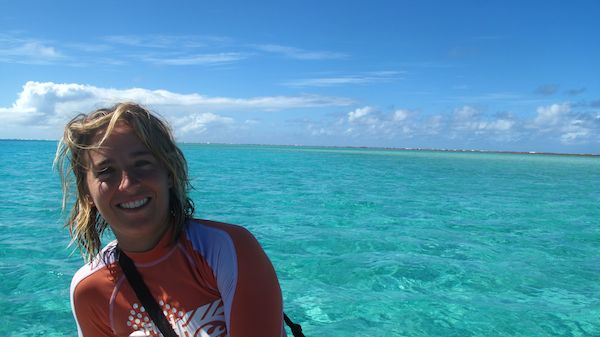

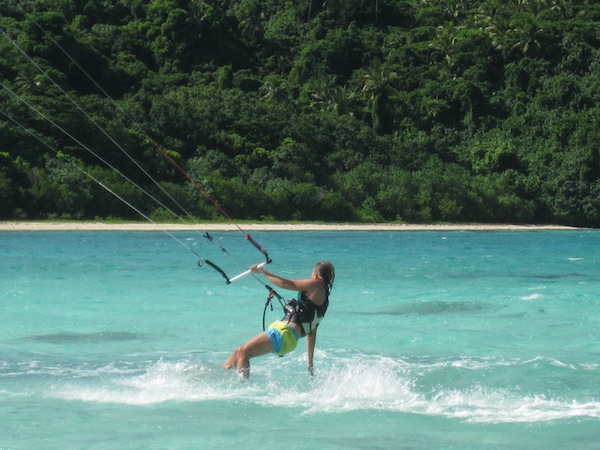

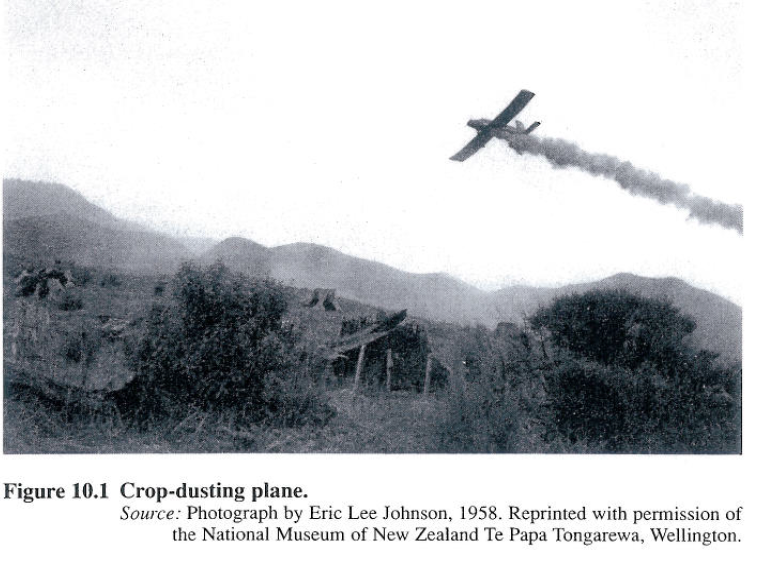


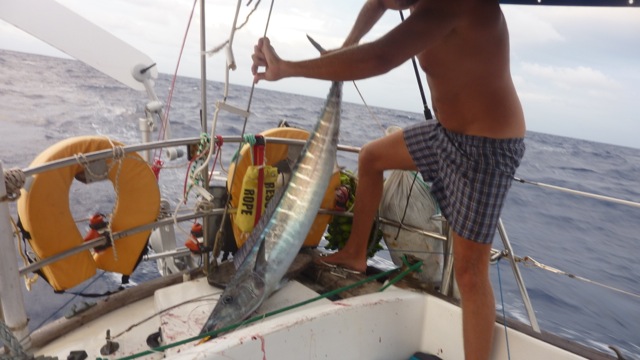
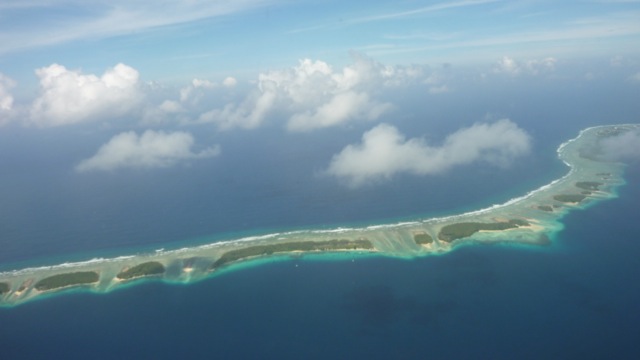
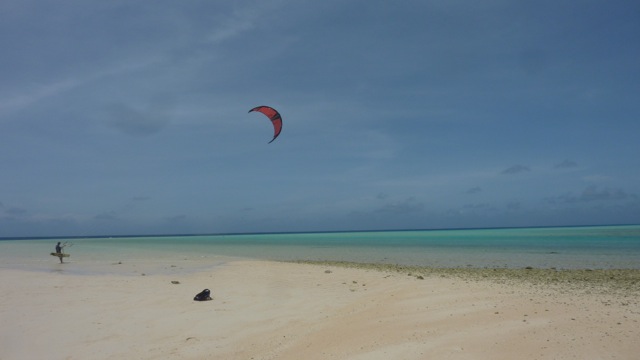
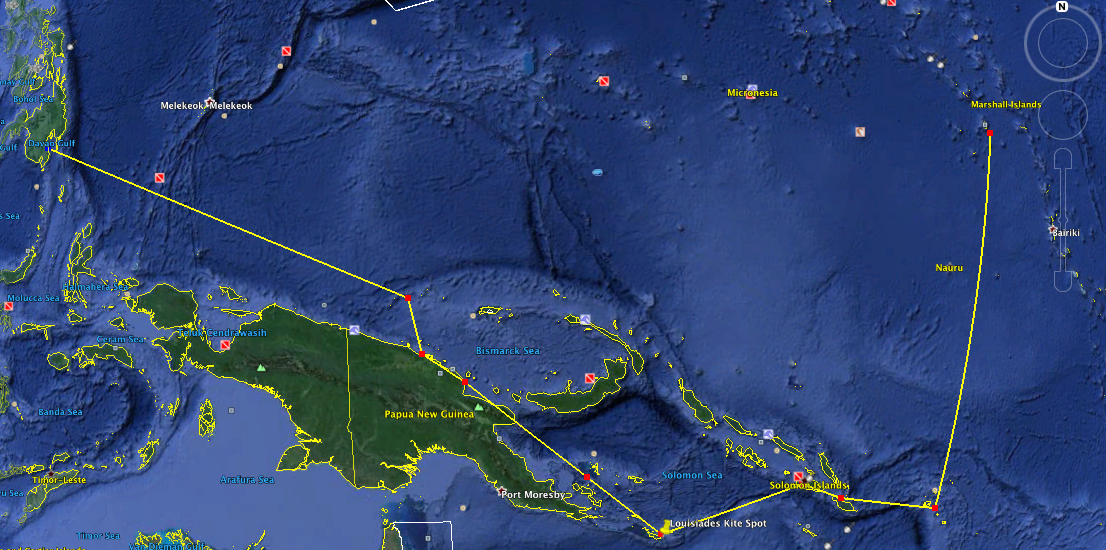
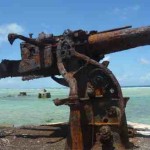
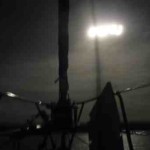
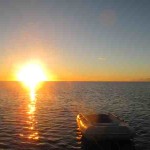
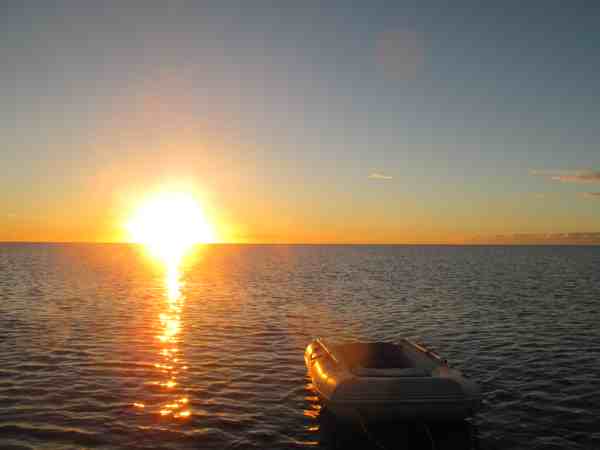
Recent Comments